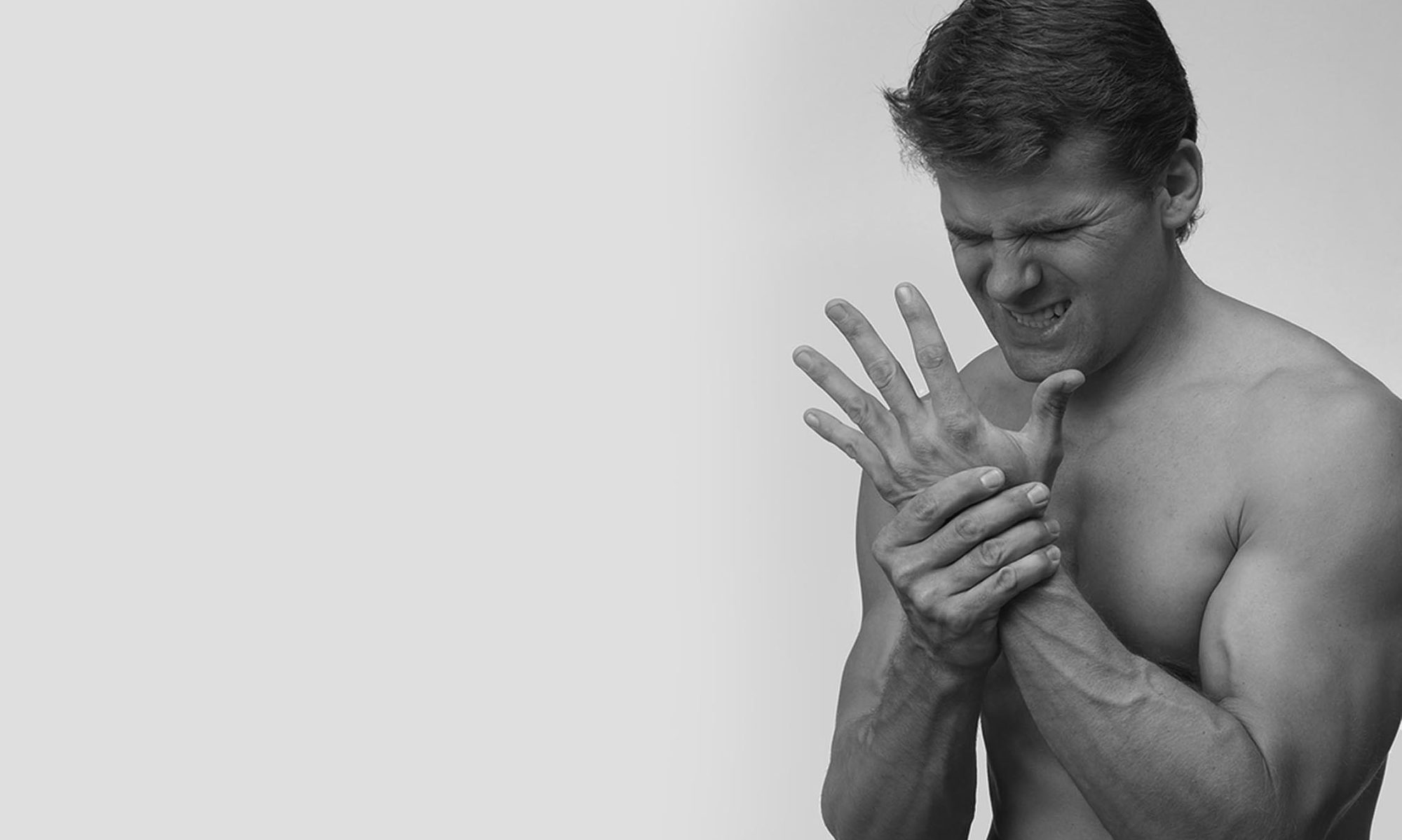It’s actually becoming a little hard to remember at this point, but the fact is that before the mid-1970s or so, not many adults exercised on a regular basis. But then a guy named Jim Fixx started the jogging craze, and a few years later a woman named Jane Fonda started the aerobics craze, and a couple of years after that some Austrian guy named Arnold something-or-other hit the screen and made everyone want to have muscles. Far from being mere fads, these pursuits have been part of the Western lifestyle ever since.
And this is great. The benefits of consistent exercise, especially resistance exercise, are legion. Aside from the obvious looks and health advantages, a recent study by Barbara Strasser and her colleagues in the May 2010 issue of Sports Medicine gave some pretty convincing numbers regarding how much money the average 50-year-old would save by starting a weight-training program. Even counting the costs of gym memberships, workout clothes and so on, it’s pretty obvious that you’ll end up saving a lot on medical expenses down the road.
But as with every good thing, there are some drawbacks. One of the biggest with weight-training is the development of tendon pain in the forearms, mainly from gripping the bar over and over again in exactly the same way. Barbells and dumbbells in regular gyms are all exactly the same diameter, which can quickly lead to overuse pattern injuries such as tendonitis and tendonosis. (Click here for a quick, free test to find out which one you have.) Ask anyone who’s ever had forearm tendon pain: it’s difficult just to shake someone’s hand, much less hold on to a bar loaded up with weights.
Fortunately, there are some ways you can get around this problem. One is to use machines, which often come with pads that don’t require you to grip anything. Machines are not as good as free weights, though, because you don’t have to balance anything, and therefore those small-but-important stabilizer muscles in your body don’t get trained.
A much better solution has been provided by a company called Fatgripz. Fatgripz are devices that you can attach to a barbell or dumbbell to make them, well, fatter. Instead of the usual inch or so diameter of the bar, now you’re dealing with 2.25″ (5.7cm).[vc_single_image image=”3934″ img_size=”full” add_caption=”yes” alignment=”center” style=”vc_box_shadow”]
This means that your hand doesn’t close as much, which means that now you’re exercising with all the muscles and tendons in your forearm in different positions. The result? Less pattern overload, and less tendon pain. In fact, by using Fatgrips on a regular basis (not every workout, but maybe every other workout) before you develop tendon pain, you might just be able to prevent it altogether. But for those who do have forearm tendon pain stemming from their time in the gym, Fatgripz offers a convenient and economical solution.
They also come with a two-month money-back guarantee, so it’s hard to see a downside to getting a pair. If you decide to return them the company will even spring for the return postage. (You don’t see that every day!) But they’re quality goods, virtually indestructible, and I don’t know anyone who’s tried them and not liked them. When you compare the small chance of not liking these things to the potential for eliminating your forearm pain, it’s really a no-brainer.

